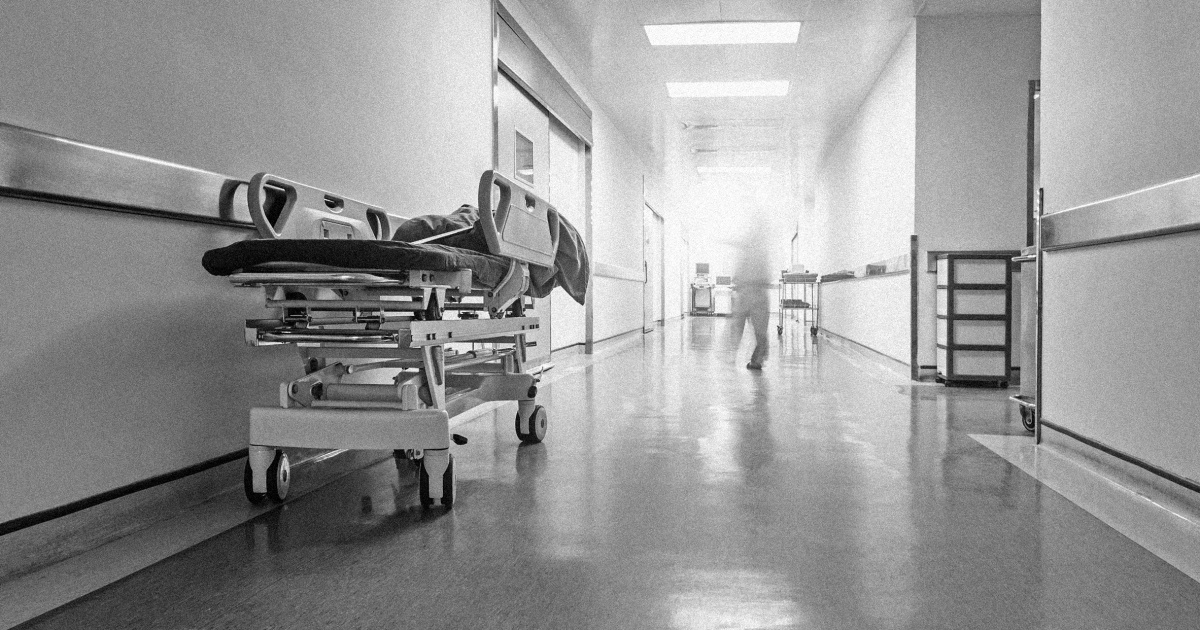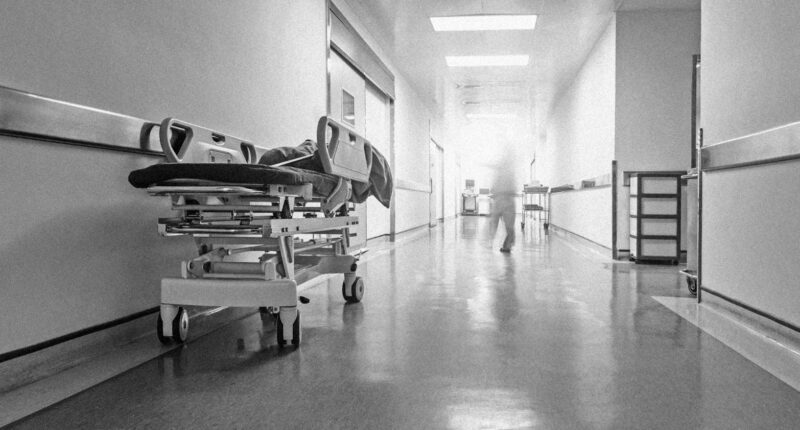
Nearly 1 in 4 patients who are admitted to a hospital in the United States will experience harm, according to a study published Wednesday in the New England Journal of Medicine.
The stark findings underscore that, despite decades of effort, hospitals in the United States still have a long way to go to improve patient safety, experts say.
“These numbers are disappointing, but not shocking,” said Dr. David Bates, chief of general medicine at Brigham and Women’s Hospital in Boston, who led the study. “They do show we still have lots of work to do.”
The research looked at the medical records of 2,809 patients who were hospitalized in 11 Boston-area hospitals in 2018. The study excluded people who were admitted for observation only, hospice, rehabilitation, addiction treatment or psychiatric care.
Hospital data showed that 663 of these patients — about 24% — experienced at least one event during their stay that negatively affected their health, even temporarily.
A total of 222 adverse events were considered preventable, meaning an error resulted in patient harm. This translates to about 7% of the total admissions the researchers analyzed. Twenty-nine people, or 1% of the total of those admitted, experienced serious preventable adverse events that resulted in serious harm. One death was considered preventable.
The majority of the bad outcomes, however, were deemed unpreventable. These can include known side effects from certain medications, or known risks associated with surgery.
The most common adverse events overall (nearly 40%) were related to medications given in the hospital. Surgery and other procedures accounted for just over 30%, followed by what the study authors called “patient-care events,” at 15%. These include falls and bedsores, both of which are considered preventable.
One bright spot, experts said, was that infections acquired in the hospital accounted for only about 12% of the adverse events — a significant decrease from a 1991 study that found infections were the second most common adverse event.
That 1991 study, called the Harvard Medical Practice Study I, is considered landmark research. It used data from patients hospitalized in New York state in 1984, and found that only about 4% of hospitalized patients experienced harm. However, the study looked for a smaller range of adverse events than the current research, and hospitals have become much better at reporting harm when it does occur.
“It’s clear that, at least, the rate is not going down and that harm continues to be a really serious issue,” Bates said.
Dr. Albert Wu, the director of the Center for Health Services and Research Outcomes at the Johns Hopkins Bloomberg School of Public Health, said in an email that while progress has been made in some areas, new risks have emerged as medicine has advanced.
“Although we have eliminated some causes of harm, there are new kinds of harm that have been created, associated with potent new medications and new procedures,” said Wu, who wasn’t involved with the new research.
For example, drug companies have made significant advances over the three decades since the last report was published, but with an abundance of available drugs comes more opportunity for medication-related errors.
“There are many more medications available today compared to 1991, and some of the medicines have a smaller therapeutic margin, which is the gap between the therapeutic effect and dangerous dose,” said Dr. Donald Berwick, president emeritus and senior fellow at the Institute for Healthcare Improvement in Boston. Berwick wrote an editorial that was published Wednesday alongside the new study.
Even the technologies implemented to prevent medication errors can create new opportunities for mishaps.
“New technologies are always double-edged and you need to have intense surveillance to monitor them. You need to anticipate what can go wrong and build dykes around the hazards,” Berwick said.
Linda Aiken, a professor and founding director of the Center for Health Outcomes and Policy Research at Penn Nursing in Philadelphia, said that at the heart of the patient safety issue is staffing.
“Since we’ve been doing research on patient safety, we consistently find that one of the major explanations for poor patient outcomes is insufficient numbers of nurses at the bedside,” she said. “Having a sufficient number of nurses is a building block for safety.”
In a 2018 study published in the journal Health Affairs, Aiken and her team interviewed nurses at 535 hospitals in the U.S. Sixty percent reported that there weren’t enough nurses at their hospital to provide safe care to patients. The pandemic exasperated already stressed nursing staff, leading to strikes.
Just one state, California, has legal criteria regarding the minimum number of staff needed for safety in a hospital. One nurse cannot care for more than five patients at a time.
“If you actually implemented a standard like this, you could save a lot of lives that fall under patient safety,” Aiken said.” These are preventable, but there are too few nurses there to provide the type of care that would prevent those adverse events from happening.”
Experts said that efforts must also be made to prevent the harms that were categorized as unpreventable, as well.
“Practices evolve so that nonpreventable errors can be prevented by changes in practice,” Wu said. “For example, if you completely stop using a medication that [has a] high rate of nonpreventable adverse effects, those adverse effects won’t happen anymore.”
Dr. Peter Pronovost, the chief quality and clinical transformation officer at University Hospitals in Cleveland, used to work on preventing bloodstream infections, which were once considered “inevitable rather than preventable.”
“When we changed that narrative, and used checklists, we reduced these infections that used to kill more people than breast or prostate cancer by 80%,” he wrote in an email.
Wu said patients should “keep in mind that there is the potential for harm while being hospitalized.” He encouraged patients to strive to be an active part of their health care team, telling hospital workers about what diagnosis they have, medications they are taking, allergies they have and care they’ve gotten elsewhere.
“If you think something might be wrong, speak up!” he said.
Follow NBC HEALTH on Twitter & Facebook.
Source: | This article originally belongs to Nbcnews.com









